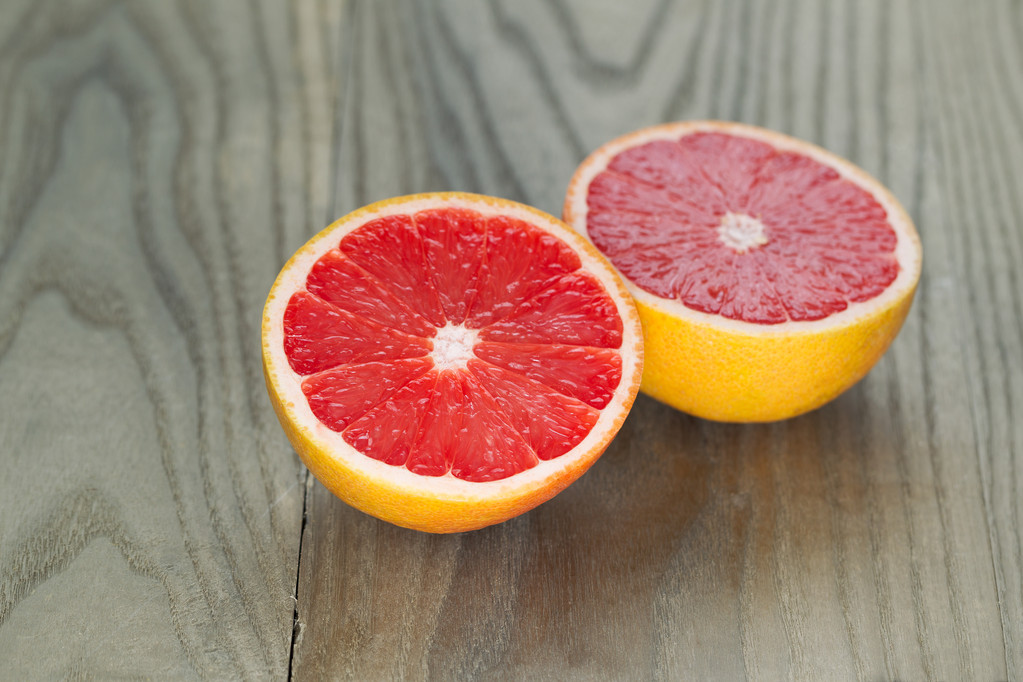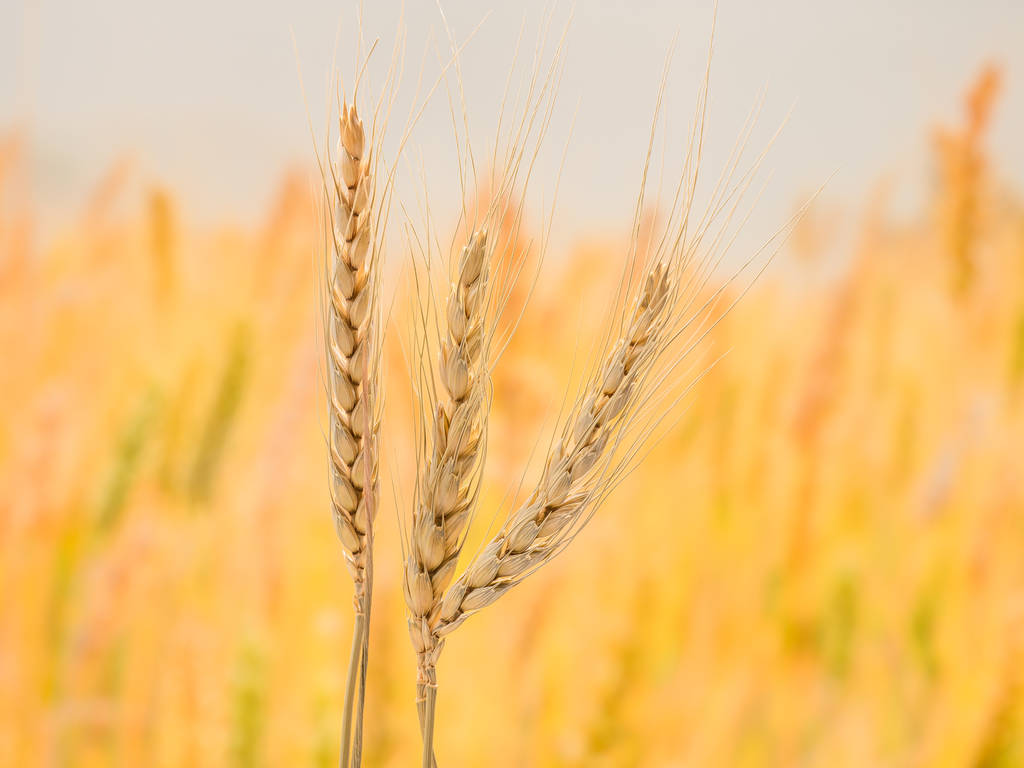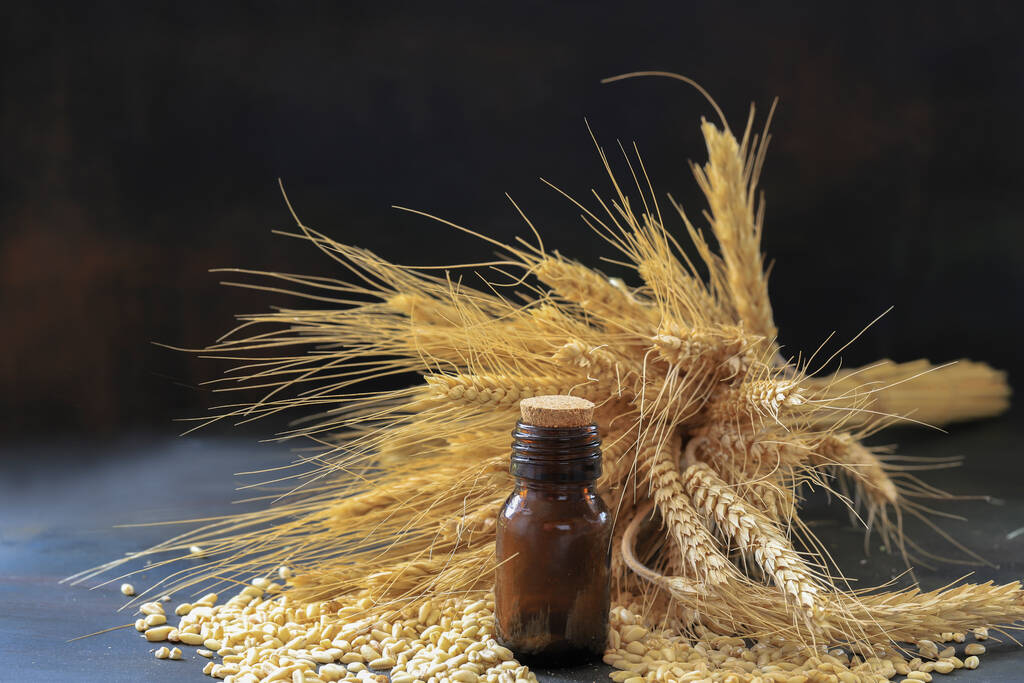Azo dyes are popular colorants for food and textiles. You can find out here why they are not entirely undisputed.
What are azo dyes?
Azo dyes belong to the group of synthetic dyes, which means they do not occur naturally in nature. Their history is still very young compared to that of natural dyes. Natural dyes, such as plant dyes, were already available to our prehistoric people. The first azo dye, aniline, was not synthesized until 1856 by the English chemistry student Perkin. After this cornerstone, however, it all happened in quick succession: in just under 40 years, scientists discovered a total of 324 different synthetic dyes.
For a long period of human history, dyes were considered a luxury good with limited availability. This changed rapidly after the invention of synthetic dyes. Azo dyes in particular are significantly cheaper and color significantly more effectively and more permanently than natural alternatives. As a result, natural colorants became a niche product.
The food industry also quickly took a liking to azo dyes. In contrast to many natural colorants, azo dyes are extremely heat-resistant and can be used in all types of food, regardless of the pH value. Color pigments naturally occurring in plants, such as anthocyanins, tend to discolor at neutral or alkaline pH levels.
In addition to vegetable colorings, natural colorings of animal origin were also popular in the food industry in the past. An example of this is the red pigment carmine, which is obtained from the cochineal scale insect. Carmine is rarely used in the food industry these days because it is more expensive than azo dyes and is not considered vegan.
Why is there a warning on products with azo dyes?
Today, the following ten azo dyes are permitted as additives in food:
E 102 (tartrazine)
E 110 (Yellow Orange S)
E 122 (Azorubine)
E 123 (Amaranth)
E 124 (cochineal red A)
E 129 (Allura Red AC)
E 151 (Brilliant Black BN)
E 154 (Brown FK)
E 155 (Brown HT)
E 180 (Lithol Rubin BK)
If a food manufacturer adds an azo dye to his product, he must mark this in bold on the list of ingredients. In addition, when using the azo dyes E 102, E 110, E 122, E 124 and E 129, the manufacturer must print an additional warning on the packaging: “May impair activity and attention in children”.
A study by scientists at the University of Southampton in England from 2007 is responsible for the warning. The researchers examined the effect of azo dyes on the behavior of three-year-old toddlers and eight- to nine-year-old school children. The result of the study was that children who were given a drink colored with azo dyes tended to have hyperactive behavior and poor concentration.
In a statement, the Federal Office for Risk Assessment rated the results significantly more cautiously than the research group from England. The behavior of the children observed in the study is not clear enough to prove a connection between hyperactivity and azo dyes. In addition, no biological mechanism can be derived from a behavioral study.
The European food authority followed the assessment of the Federal Office for Risk Assessment and does not consider a harmful effect of azo dyes to be proven. The EU Parliament cannot therefore ban azo dyes. However, in 2010, the EU Commission gave in to the demands of consumer protection organizations and decided that the azo dyes examined in the study must be labeled with a warning.
Why are azo dyes suspected of being carcinogenic?
Another accusation from consumer protection organizations is that the Azora dyes are carcinogenic. This assumption is based on the fact that colorectal cancer is more common in industrialized countries, where azo dyes are widespread in all areas of everyday life.
It is not the azo dyes themselves that are carcinogenic, but their degradation products. Azo dyes are not metabolized by our body and therefore end up unchanged in the intestine. There they break down bacteria into aromatic amines. These aromatic amines damage our genome, which can promote the development of cancer.
However, it must always be remembered that the dose makes the poison. We absorb only a small proportion of azo dyes through food. Textiles dyed with azo dyes represent a significantly greater burden.
But even for textiles, the scientific expert commission of the EU is of the opinion that the exposure to azo dyes in everyday life can be regarded as very low. She advocates defining maximum values for the use of azo dyes, but sees a ban as superfluous.
For reasons of precaution, it makes sense if you avoid food and textiles colored with azo dyes. If you do without industrially processed food and loudly colored drinks, you usually automatically do not take in any azo dyes through your food. When buying clothes, also give preference to textiles dyed with natural dyes, even if these are difficult to find these days.













